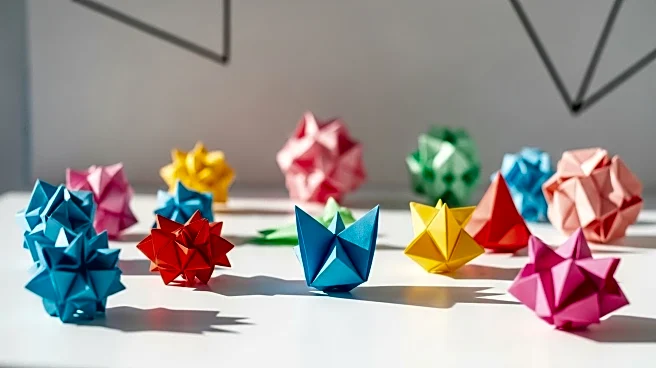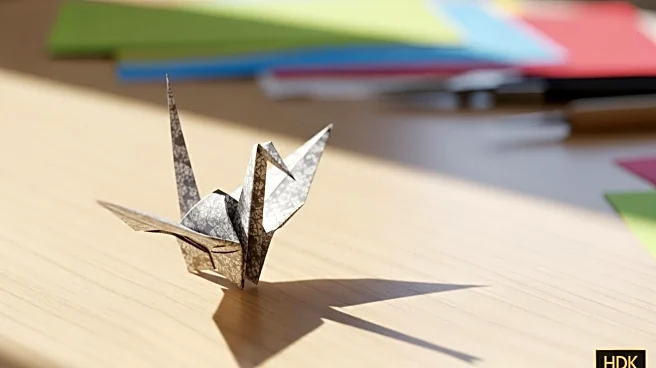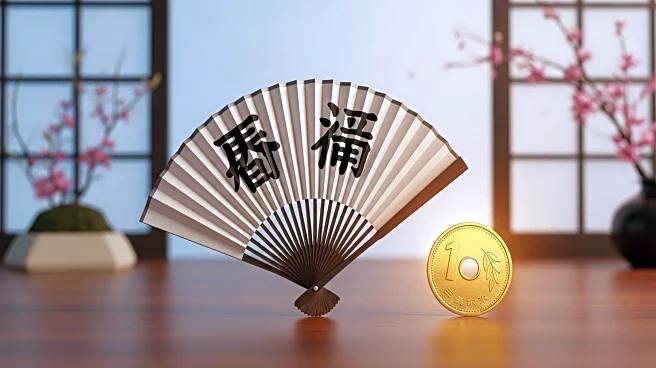Origami, the art of paper folding, is a fascinating blend of creativity and precision. Originating from Japan, it has evolved into a global pastime and educational tool. The first kindergarten
in Japan, established in 1875, integrated origami into its curriculum, highlighting its importance in early childhood education. By 1908, publications like Origami Zusetsu began distinguishing between ceremonial and recreational origami, showcasing its cultural significance. Mathematics teachers often use origami to demonstrate symmetry, making it a practical educational resource. Modular origami, a variant, involves creating complex structures from individual paper modules, emphasizing geometric principles and stability.
For the benefit of users - Parts of this article may include content generated using AI tools. Our teams are making
active and commercially reasonable efforts to moderate all AI generated content. Our moderation processes are improving however our processes are carried out on a best-effort basis and may not be exhaustive in nature. We encourage our users to consume the content judiciously and rely on their own research for accuracy of facts. We maintain that all AI generated content on our platform is for entertainment purposes only. To know more about how we use AI, you can write to us at support_spaces@glance.com












